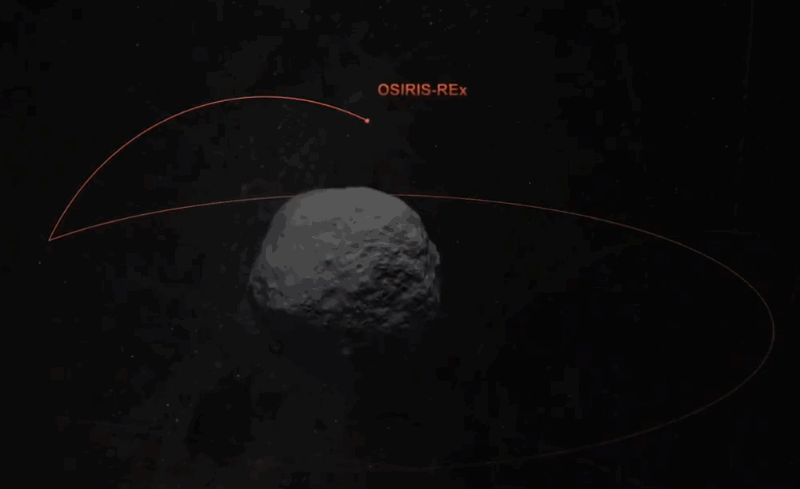How to ‘watch’ NASA’s OSIRIS-REx snatch a sample from near-Earth asteroid Bennu
NASA's OSIRIS-REx probe is about to touch down on an asteroid for a smash-and-grab mission, and you can follow its progress live - kind of. The craft is scheduled to perform its collection operation this afternoon, and we'll know within minutes if all went according to plan.
OSIRIS-REx, which stands for Origins Spectral Interpretation Resource Identification Security - Regolith Explorer, was launched in September of 2016 and since arriving at its destination, the asteroid Bennu, has performed a delicate dance with it, entering an orbit so close it set records.
Today is the culmination of the team's efforts, the actual touch and go" or TAG maneuver that will see the probe briefly land on the asteroid's surface and suck up some of its precious space dust. Just a few seconds later, once sampling is confirmed, the craft will jet upward again to escape Bennu and begin its journey home.

Image Credits: NASA

Image Credits: NASA
While there won't be live HD video of the whole attempt, NASA will be providing both a live animation of the process, informed by OSIRIS-REx's telemetry, and presumably any good images that are captured as it descends.
Here's why NASA is launching an asteroid sample return mission for the first time
We know for certain this is both possible and very cool because Japan's Hayabusa-2 asteroid mission did something very similar last year, but with the added complexity (and coolness) of firing a projectile into the surface to stir things up and get a more diverse sample.
NASA's coverage starts at 2 p.m. PDT, and the touchdown event is planned to take place an hour or so later, at 3:12, if all goes according to plan. You can watch the whole thing take place in simulation at this Twitch feed, which will be updated live, but NASA TV will also have live coverage and commentary on its YouTube channel. Images may come back from the descent and collection, but they'll be delayed (it's hard sending lots of data over a million-mile gap) so if you want the latest, listen closely to the NASA feeds.